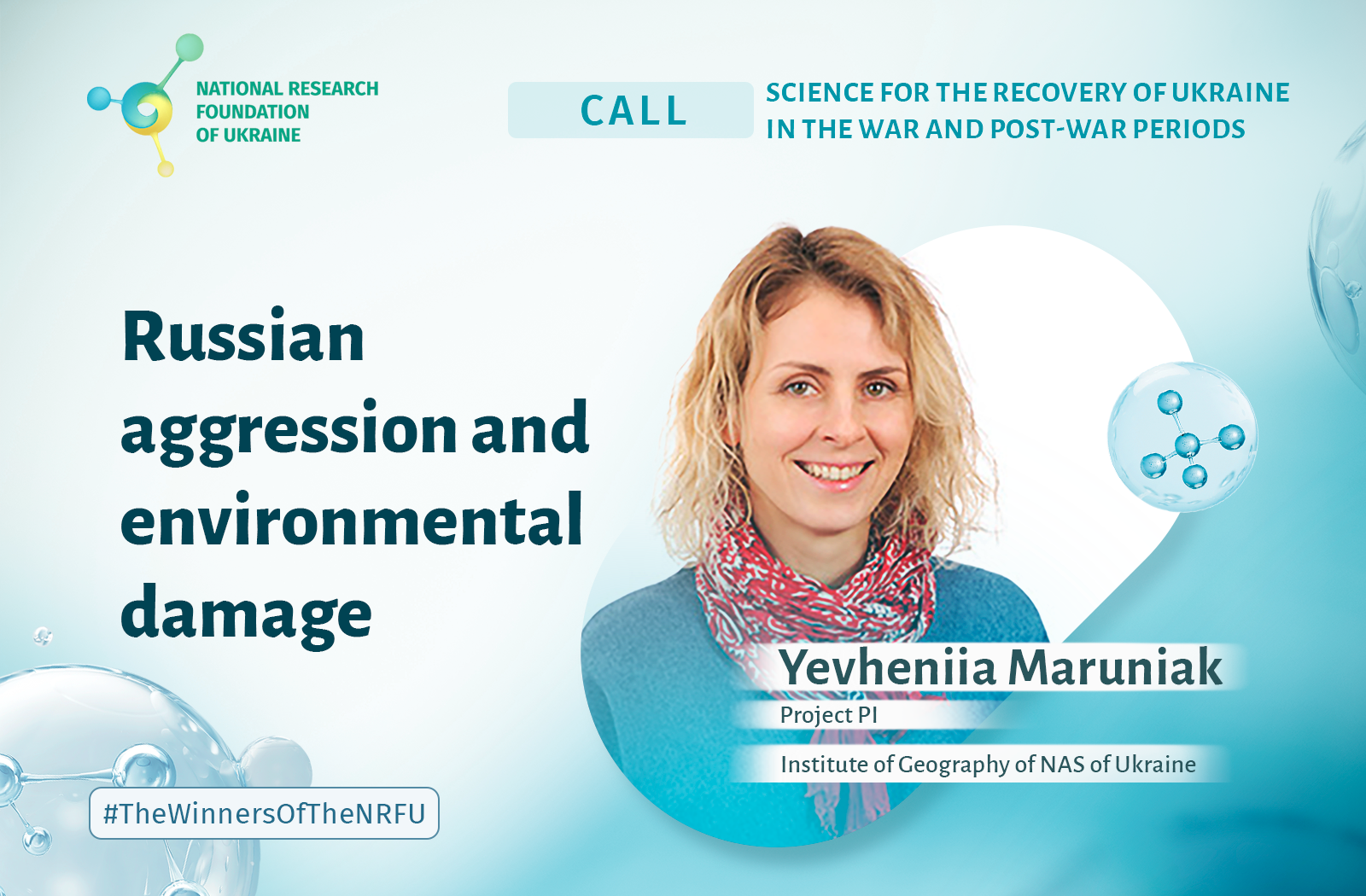Unfortunately, there are a lot of polluted territories in our country, including the Chornobyl Exclusion Zone and the areas polluted because of accidents at processing and chemical enterprises. In addition, the number of dry and saline lands is growing. How do plants feel in these areas? What changes are happening inside of them? And most importantly – are such plants edible?
Scientists from the Laboratory of Biophysics signaling systems of the Institute of Cell Biology and Genetic Engineering of the National Academy of Sciences of Ukraine are looking for answers to these and other questions. Their project “Influence of stressors on the synthesis of proteins with prion properties in plants” won the call “Support for Research of Leading and Young Scientists” and received funding in the amount of 11, 5 million UAH.
Scientists explain that stressors greatly affect plant biochemistry. But plants can not “escape” from an unfavorable place like insects, animals or birds. In addition to radiation and heavy metal poisoning, it can be mechanical damage, overheating, drought, mold and bacteria. The plant protects itself, synthesizing and accumulating toxic substances for “aggressors”. These substances give stability to the plant.
Scientists from different countries have studied the secondary metabolites (substances that plants use to protect against adverse conditions and pests), but at the protein level, adaptive responses have been studied much less. Meanwhile, plants are synthesizing “wrong” proteins when feel danger. They are protecting itself by prion-like (incorrectly composed) proteins and amyloids (abnormal protein clusters).
The project supervisor is Namik Mehmed oglu Rashidov, the Head of the laboratory. He and his team found out that the genotype of plants changes when irradiated. Proteins with damaged structure become allergenic and can cause various diseases of animals and humans, such as Alzheimer’s disease, spongiform encephalopathy etc. Prion-like and amyloid proteins change programs of the plant growth, development and reproduction. Such plants should not be eaten, but you can and should use it for other needs. For example, energy plantations of fast-growing poplar and willow trees can be planted for the reclamation of contaminated lands and the biomass from those trees can be used for heating.
In the project carried out at the expense of the NRFU, the influence of stressors on protein synthesis is studied more deeply, using the modern equipment. The spectrophotometer, multimeter, biosafety box, desktop centrifuge with cooling, autoclave, refrigerator, high-volume dispenser, mini-server for database processing and storage, computer equipment, etc., help to get new results. In 2022 it is planned to purchase another important device – FTIR spectrophotometer, that will help to determine the spatial structure of proteins and other compounds.
The part of research had been performed in Slovakia. Scientists from this country have proven methods of sample analysis, this helps to complete the project as quickly as possible.
The project is still ongoing but significant results have already been obtained. – Our work is fundamental, but it is also of great practical importance. The climate is deteriorating, the number of problematic lands is increasing and we need to understand how certain conditions affect plants, how they change and what harm they can bring to people.
Researchers plan to design recommendations for crops and food screening (testing) for potentially dangerous proteins. They are also ready to advise farmers on optimizing plant growing conditions and reducing the risk of “wrong” proteins accumulation.
According to the tradition, we ask the supervisor: – What is the key to the success of the team?
– Professionalism, common vision, willingness to work – said Namik Mehmed oglu. – Each of us is responsible for his area of work, but is always ready to help colleagues also. By the way, scientists from our laboratory were repeatedly invited to move abroad, but stayed in Ukraine. We are grateful to the Foundation for the opportunity to purchase equipment and complete a complex project at home. This is very important for young people!
Svitlana GALATA





